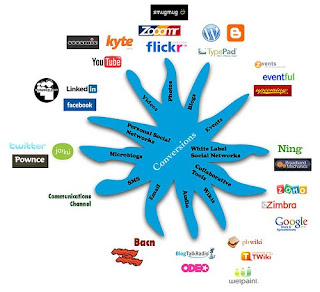 Outsourcing is a vital part of any online business and must be handled carefully. Very often, the business owner himself is going to need to create that content because it’s hard to disseminate information if it’s not coming in the right voice.
Outsourcing is a vital part of any online business and must be handled carefully. Very often, the business owner himself is going to need to create that content because it’s hard to disseminate information if it’s not coming in the right voice. I’m going to talk about outsourcing and getting a SEO quote in two different ways. Number 1, I think people outsource the wrong things way too soon. One of the first outsourcing things is, I’m going to rush out and get a VA, a virtual assistant, somebody who is going to help me with all these things.
If you’re starting up a new business, you need to be in the fray for a while. That's why you need to learn SEO techniques. You need to understand what your clients are saying. You need to understand what all the people you’re interacting with are saying and doing. You need to become an expert on your business before you ask anyone else to run it for you in any way.
You need to do that first. Hold out on outsourcing those kinds of things for a little while and make sure you know what you’re doing. Before you outsource your social media to someone else to do, you sure better make sure you know what your voice is and how they need to talk.
You can’t teach people to do what you haven’t done. If you’re going to actually bring someone in to do the writing, create the videos, all those kind of things, they’d better know what your voice is and you’d better know how to tell them what that voice is and how to get it and what to say and all of those things.
The other side of outsourcing is outsourcing the technology component. If you don’t understand how to install a WordPress blog, build a website, set up social media pages, build a Facebook fan page, all those things, if you don’t know how to do that, outsource that. You can get it outsourced for next to nothing. You go to scriptlance.com or elance.com. I’m sure there are some specific to Australia that I don’t know about that you can go to and you can get these people in India, in China, in Romania, in Russia to do these things for you for nearly nothing.
The last full website I had built was about seventeen pages. I provided the copy, and that was it. They did the graphic design for me and I had it done for less than $300 and under two weeks.
You don’t need to do everything yourself. But do not rush to outsource. Wait until you have a little bit of cash behind you, and your business is starting to flourish, and then think about outsourcing.












